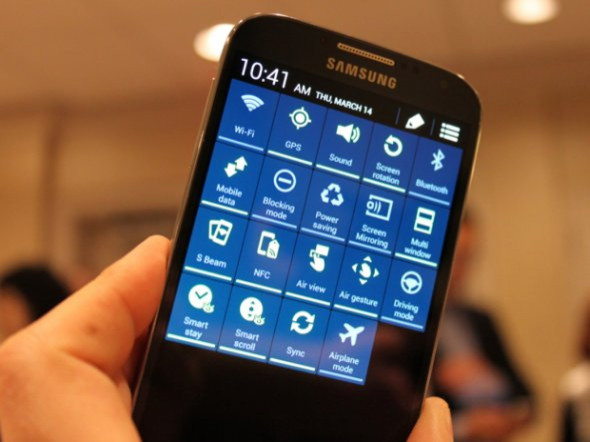Samsung Subsidizes Mobile Phones More Than Apple And HTC, Providing Edge In Price Wars

This story has been updated.
Samsung Electronics Co., Ltd. (KRX:005935) provides the most corporate subsidies, on average, in a bid to lower its cellphone prices, compared to close competitors Apple Inc. (NASDAQ:AAPL) and HTC Corporation (TPE:2498), according to a study by ABI Research.
In the U.S., the average implied subsidy for Samsung cellphone products is 84 percent, higher than Apple’s 74 percent and HTC’s 80 percent, the Oyster Bay, N.Y., research firm said.
Recently, tech manufacturers have strategized to make sure their devices are subsidized, and therefore competitively priced, the firm said.
That’s so consumers will be less likely to buy an Apple iPhone 5 over a Samsung Galaxy S4, say, just based on price alone.
"It’s their way of quickly getting a lot of subscribers on board, and also tying them to a contract," said Nick Spencer, an ABI Research smartphone analyst, to the International Business Times. "The operators don’t necessarily want to subsidize, but they know if they were to stop subsidisies, they’d lose subscribers…They do work to make sure internally that these prices are profitable."
Spencer said ABI research tracks hundreds of devices for each of these three companies. The subsidy represents how much the smartphone makers loses, from the full retail price, to the price usually seen with a two year fixed contract deal.
Samsung's average U.S. subsidy for the Galaxy S4 is $745, while Apple's iPhone 5 16GB model subsidy is $664, he said.
“Samsung continues to squeeze its competitors at every turn,” ABI's Chief Research Officer Stuart Carlaw said in a statement.
He cited Samsung’s subsidies, marketing, and broad product range as factors contributing to its dominance in mobile markets.
Instead of emphasizing innovation, Spencer said, smartphone competitors are now doubling down on pricing strategies.
Samsung’s scaling and supply chain techniques have placed its competitors under growing price pressure and allowed it to win market share, he said, adding that smaller and less-efficient smartphone manufacturers should be worried.
© Copyright IBTimes 2024. All rights reserved.






















